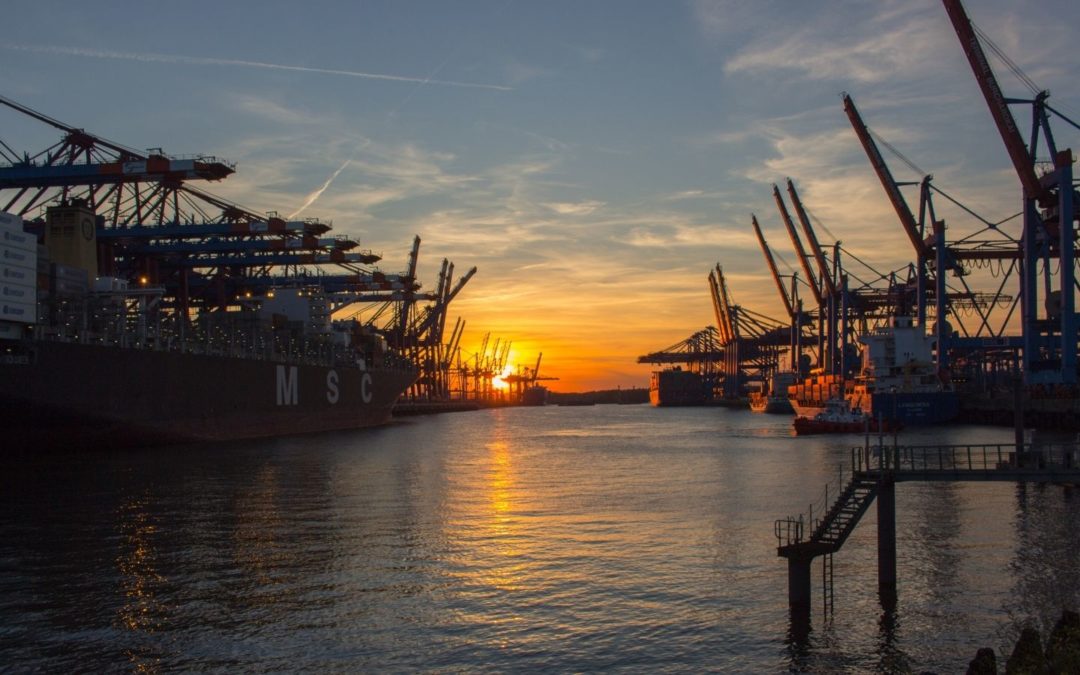As the world moves past the pandemic, economists and others question what changes need to happen to keep the oil and gas industry thriving. Reviewing what happened to the industry in 2020 helps with understanding possible future forecasts.
What Happened
The 2020 economic downturn caused benchmark crude oil prices to go negative for the first time in history. Worldwide travel restrictions, business shutdowns, and stay-at-home orders led to decreased demand. Low demand led to excess oil, and producers scrambled to find storage facilities to hold the excess.
A price war between Saudi Arabia and Russia in early 2020 worsened the demand problem. The price war ended in May when the Petroleum Exporting Countries (OPEC) Organization agreed to an oil production reduction. Many economists state this lag in reducing oil production added to the demand and supply issues.
What does Will happen?
Interested parties remain optimistic about the near-term recovery of the oil and gas industry. In January 2021, the U.S. Energy Information Administration (EIA) estimated energy consumption would increase in the next two years. This energy consumption increase will lead to an upturn in crude oil prices. The EIA also forecasts a slight increase in crude oil production in 2021. This forecast is modest because OPEC publicly stated they would continue cutting production in the first quarter of 2021. In the short-term, increased demand and appropriate supply levels will help the industry recover.
Even if the demand increases and production stay low, oil and gas companies will need to switch gears to increase future stability. One way these companies can increase market strength is to embrace digital technologies. These technologies will help set emission targets, standardize reporting, and provide accountability tools. Making this change will help organizations become more efficient and less vulnerable to market pressures in the future.
The oil and gas market is naturally volatile. Political instability, severe weather, and environmental demands all increase industry pressures. If oil and gas companies learn lessons from the recent pandemic, they will embrace new efficiencies and enjoy future success.
